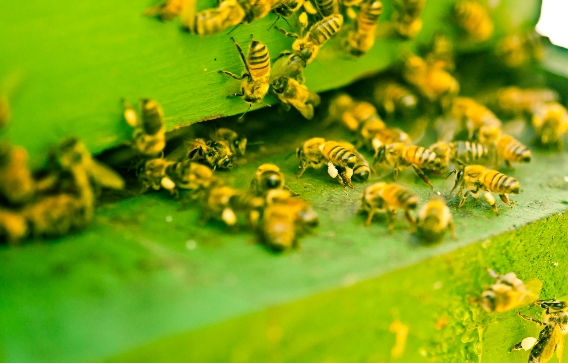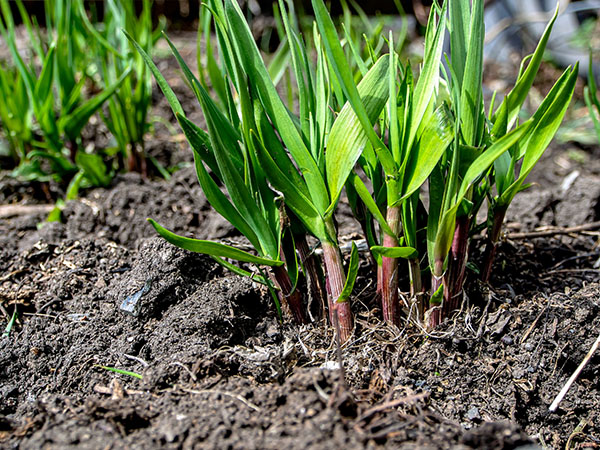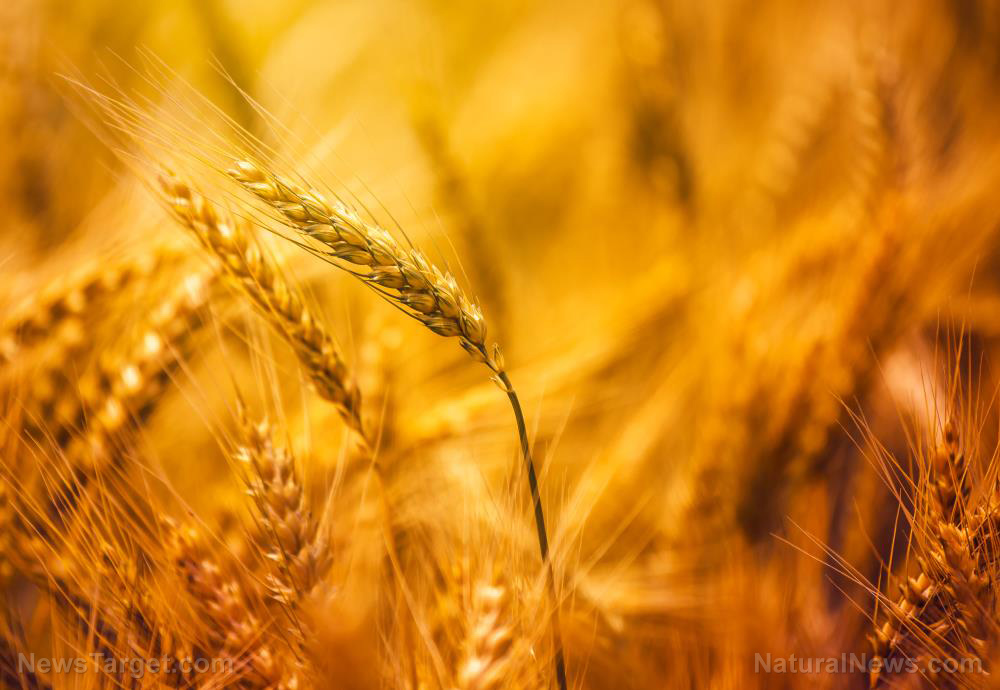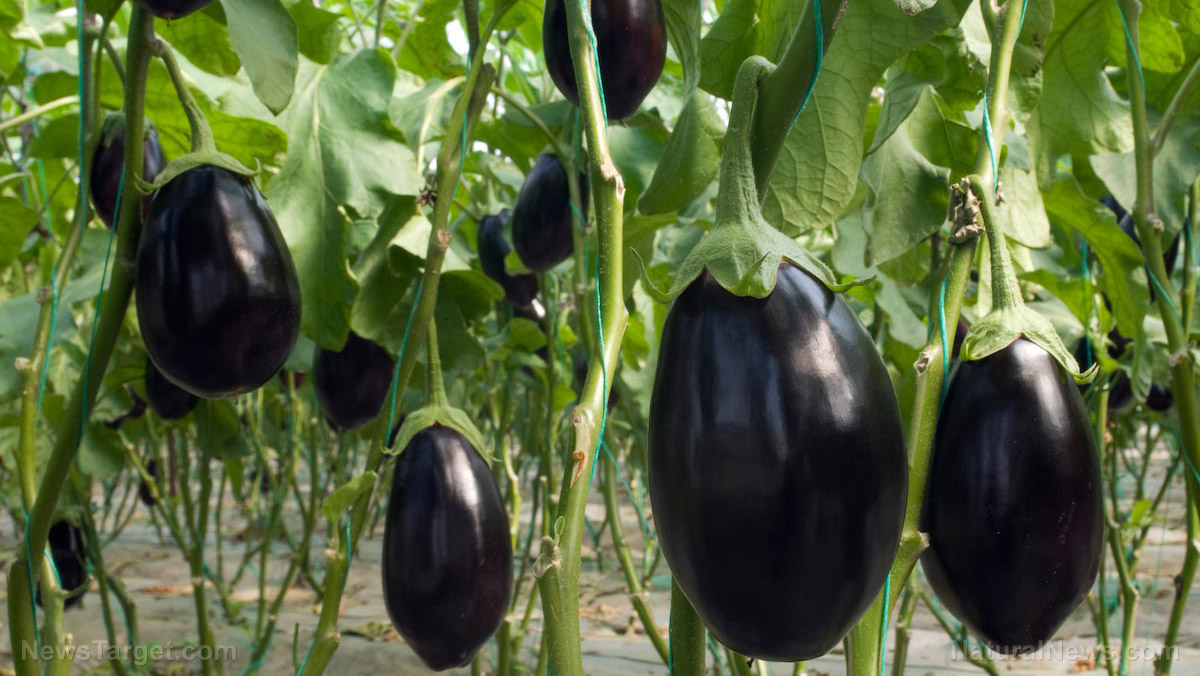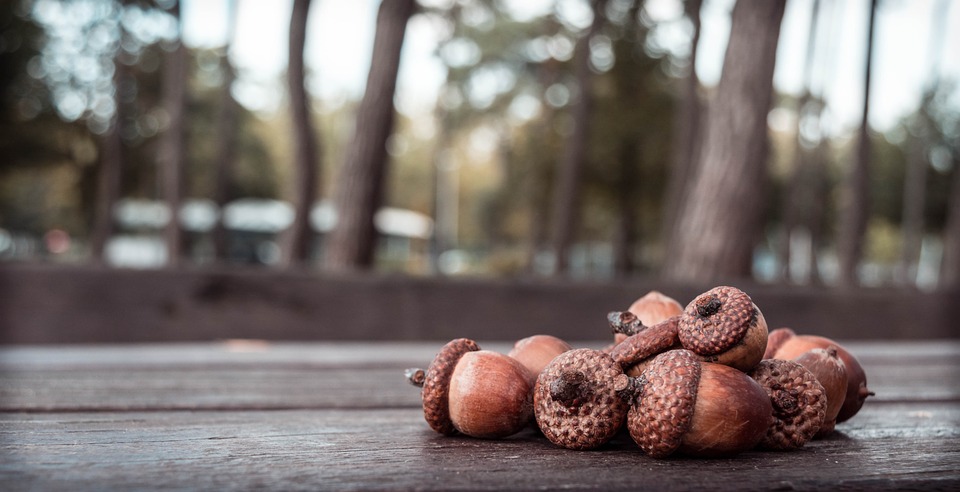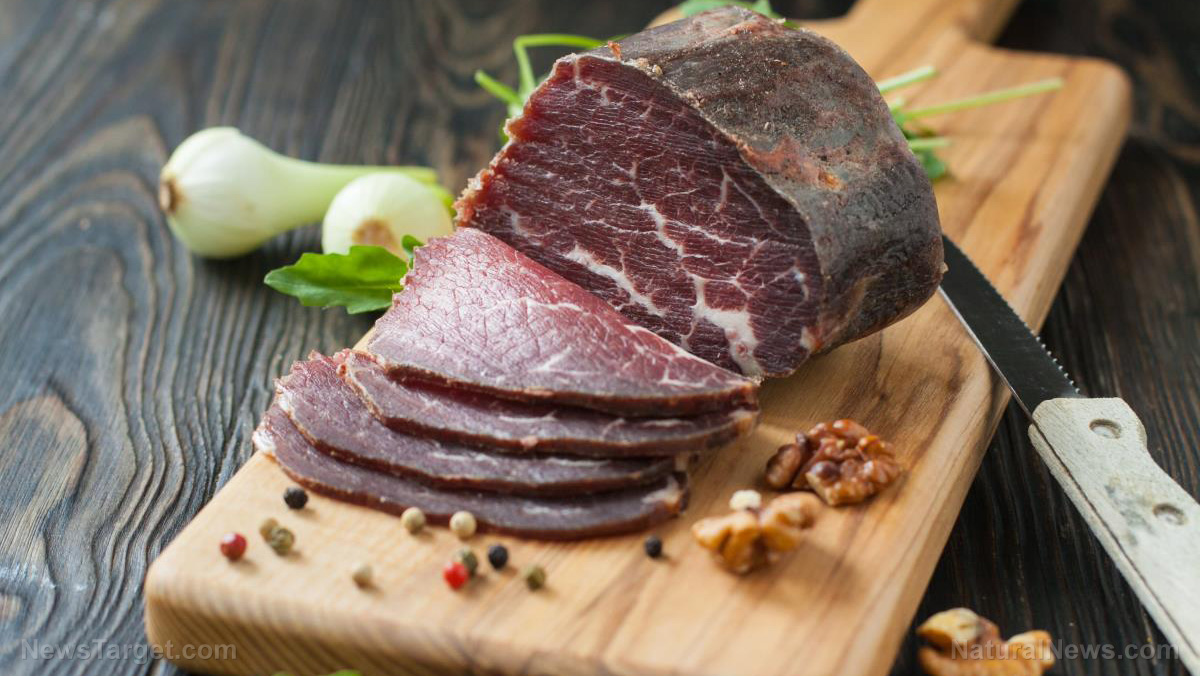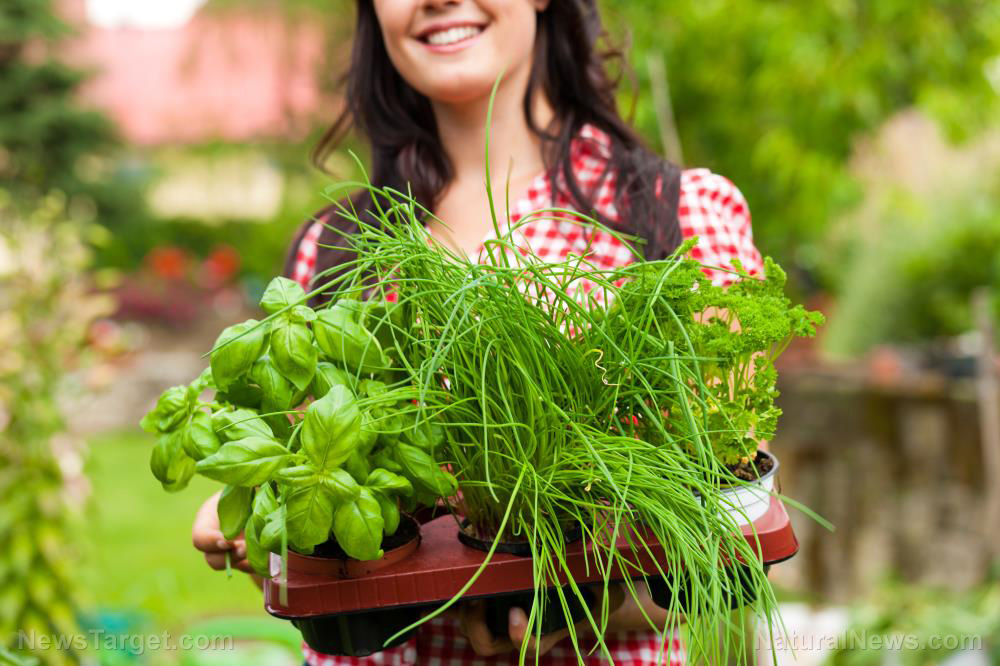From Persia to Popeye: The timeless journey of the superfood SPINACH
03/29/2025 / By Ava Grace
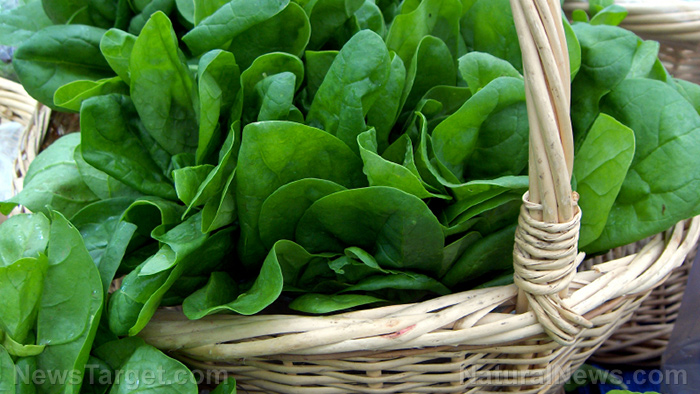
- Spinach (Spinacia oleracea) originated in ancient Persia (modern-day Iran) around the 4th century CE, spreading to China, Europe and eventually North America. It became a culinary staple in Mediterranean cuisine and gained popularity in the 20th century, partly due to its association with Popeye the Sailor.
- Spinach is rich in phytonutrients (flavonoids, carotenoids and chlorophyll), vitamins (A, C and K) and minerals (iron, magnesium, folate). Its antioxidants and anti-inflammatory properties help combat chronic diseases, support heart health, improve eye health and aid in diabetes management and cognitive function.
- Spinach’s nutrients contribute to cardiovascular health by lowering blood pressure, protecting vision through lutein and zeaxanthin, strengthening bones with vitamin K and calcium, and regulating blood sugar levels with magnesium. It also supports digestive health and weight management due to its high fiber and low-calorie content.
- Spinach can be consumed raw or cooked – with a mild, slightly sweet flavor when raw and a more earthy taste when cooked. It is a key ingredient in diverse global cuisines, featured in dishes like stuffed chicken, quiches, smoothies and sautéed sides.
- Spinach has been used in traditional medicine for centuries, treating ailments like anemia and inflammation. Its adaptability and universal appeal are reflected in its various names (e.g., palak in Hindi, bocai in Chinese) and its role in modern wellness practices, such as detoxifying smoothies and nutrient-packed meals.
Spinach (Spinacia oleracea) is a leafy green vegetable with a storied history and a remarkable nutritional profile. Native to central and Western Asia, this flowering plant has earned its place as a superfood in the modern wellness landscape.
Its vibrant green leaves, which can be consumed raw or cooked, have been celebrated for centuries for their versatility, flavor and health benefits. From ancient civilizations to contemporary kitchens, spinach has transcended cultural and culinary boundaries to become a staple in diets worldwide.
A brief history of spinach
Spinach’s origins trace back to ancient Persia (modern-day Iran), where it was cultivated as early as the 4th century CE. It later spread to China, where it was referred to as the “Persian vegetable,” and eventually made its way to Europe in the 12th century via Spain. By the Renaissance, spinach had become a popular ingredient in Mediterranean cuisine – particularly in Italy, where it was used in dishes like ravioli and lasagna.
Its introduction to North America came with European settlers in the 19th century. It has since become a household name in the 20th century, thanks in part to its association with the cartoon character Popeye the Sailor, who famously gained strength from eating spinach. (Related: Spinach: An easy and delicious way to reduce your risk of heart disease.)
Spinach’s rise to superfood status began in the 20th century, as scientific research uncovered its dense concentration of vitamins, minerals and phytonutrients. Its ability to thrive in diverse climates – from temperate regions to subtropical zones – has made it a globally accessible vegetable, grown in countries such as the U.S., China and India.
Nutritional powerhouse: Phytonutrients and health benefits
Spinach is a treasure trove of phytonutrients, bioactive compounds that play a crucial role in preventing and reversing chronic diseases. Among its most notable phytonutrients are flavonoids (such as kaempferol and quercetin), carotenoids (including lutein and zeaxanthin) and chlorophyll. These compounds exhibit antioxidant, anti-inflammatory and anti-cancer properties, making spinach a formidable ally in the fight against oxidative stress and cellular damage.
The vegetable is also rich in essential vitamins and minerals, including vitamin A, vitamin C, vitamin K, folate, iron and magnesium. Its high fiber content supports digestive health, while its low calorie count makes it an ideal choice for weight management.
Research suggests that spinach can help prevent or alleviate a range of conditions, including:
- Cardiovascular disease: The nitrates in spinach help lower blood pressure, while its antioxidants reduce inflammation and improve arterial health.
- Eye health: Lutein and zeaxanthin protect against age-related macular degeneration and cataracts.
- Bone health: Vitamin K and calcium contribute to bone density and reduce the risk of osteoporosis.
- Diabetes management: Spinach’s magnesium content helps regulate blood sugar levels.
- Cognitive decline: Folate and antioxidants may slow age-related cognitive decline and improve brain function.
Spinach as a healing food
Spinach’s healing properties have been harnessed in various ways across cultures. In traditional medicine, it has been used to treat ailments such as anemia (due to its iron content) and inflammation, thanks to its anti-inflammatory compounds. Modern wellness practices often incorporate spinach into detoxifying green smoothies, nutrient-packed salads and restorative soups.
One anecdote from the annals of history highlights spinach’s reputation as a healing food. During the Middle Ages, Arab physicians prescribed spinach to patients suffering from digestive disorders, recognizing its ability to soothe the stomach and promote regularity. This early recognition of spinach’s medicinal value laid the groundwork for its enduring legacy as a health-promoting vegetable.
Spinach leaves are typically dark green, with a smooth or slightly crinkled texture, depending on the variety. The shape ranges from oval to arrowhead-like and the taste can vary significantly based on how it is prepared.
Raw spinach has a mild, slightly sweet flavor, while cooked spinach tends to be more earthy and robust. The high oxalate content, which can be reduced by steaming, gives spinach a slightly bitter undertone when consumed in large quantities.
Spinach is known by various names across the globe, reflecting its widespread cultivation and cultural significance. In Hindi, it is called palak; in Chinese, bocai; and in Spanish, espinaca. These names underscore its universal appeal and adaptability in diverse culinary traditions.
Recipes featuring spinach
Spinach’s versatility makes it a star ingredient in countless recipes. Here are a few creative ways to incorporate this superfood into your diet:
- Spinach and feta stuffed chicken breast: A Mediterranean-inspired dish featuring tender chicken breasts filled with a mixture of sautéed spinach, feta cheese and garlic.
- Creamy spinach and artichoke dip: A crowd-pleasing appetizer blending spinach, artichokes and a creamy cheese base, perfect for dipping with crusty bread or vegetables.
- Spinach and berry smoothie: A refreshing blend of fresh spinach, mixed berries, banana and almond milk, ideal for a nutrient-packed breakfast or snack.
- Spinach and mushroom quiche: A savory pie filled with a custard-like mixture of eggs, cream, sautéed spinach and mushrooms, baked to golden perfection.
- Garlic sautéed spinach: A simple yet flavorful side dish featuring fresh spinach leaves sautéed with garlic, olive oil and a pinch of red pepper flakes.
Spinach’s journey from ancient Persia to modern superfood status is a testament to its enduring nutritional and culinary value. Packed with phytonutrients, vitamins and minerals, this leafy green offers a wealth of health benefits, from supporting heart health to protecting vision.
Whether enjoyed raw in a salad, blended into a smoothie, or cooked into a hearty dish, spinach is a versatile and powerful addition to any diet. As we continue to explore the intersection of food and wellness, spinach remains a shining example of nature’s ability to nourish and heal.
Of course, this isn’t a substitute for medical advice and it’s always a good idea to chat with a naturopathic physician who can tailor recommendations to your unique health needs.
For more fascinating insights into superfoods and their natural wonders, visit NaturalNews.com. It’s a treasure trove of articles that will deepen your understanding of the healing power of food.
If you’re into cutting-edge technology with a health twist, try Brighteon.ai. Created by Mike Adams, the Health Ranger, this AI model is a free download that you can run on your own device. It’s all about sharing knowledge freely and bypassing the filters of censorship.
And if you’re looking for a place to openly discuss everything from nutrition to natural remedies without any holds barred, Brighteon.com is your go-to spot. Don’t forget to check out their free speech social media platforms, Brighteon.IO and Brighteon.social, where the conversation is always lively and uncensored.
Watch this video about the benefits of adding spinach to your diet.
This video is from the Groovy Bee channel on Brighteon.com.
More related stories:
The epic journey of sauteed spinach with garlic, a nutritious holiday side dish.
Here are several reasons to include spinach in your daily diet.
Spinach extract can naturally reduce appetite & food cravings.
Sources include:
Submit a correction >>
Tagged Under:
alternative medicine, cures, food cures, food is medicine, Fresh, functional food, harvest, healing, natural cures, natural health, natural medicine, remedies, spinach, Spinacia oleracea, veggie
This article may contain statements that reflect the opinion of the author
RECENT NEWS & ARTICLES
COPYRIGHT © 2017 HARVEST NEWS


